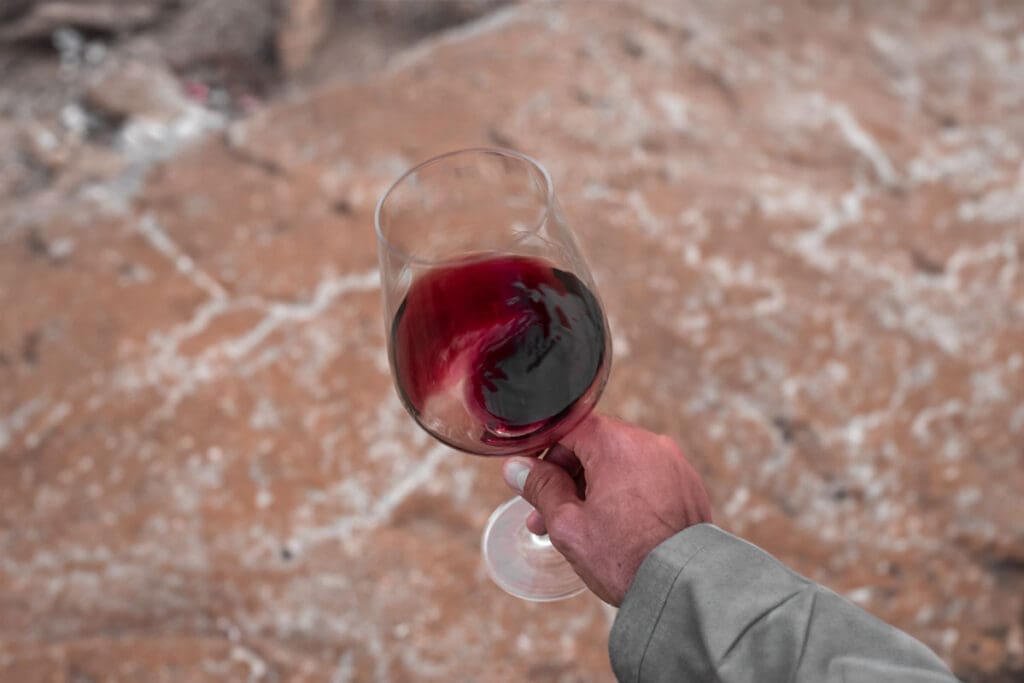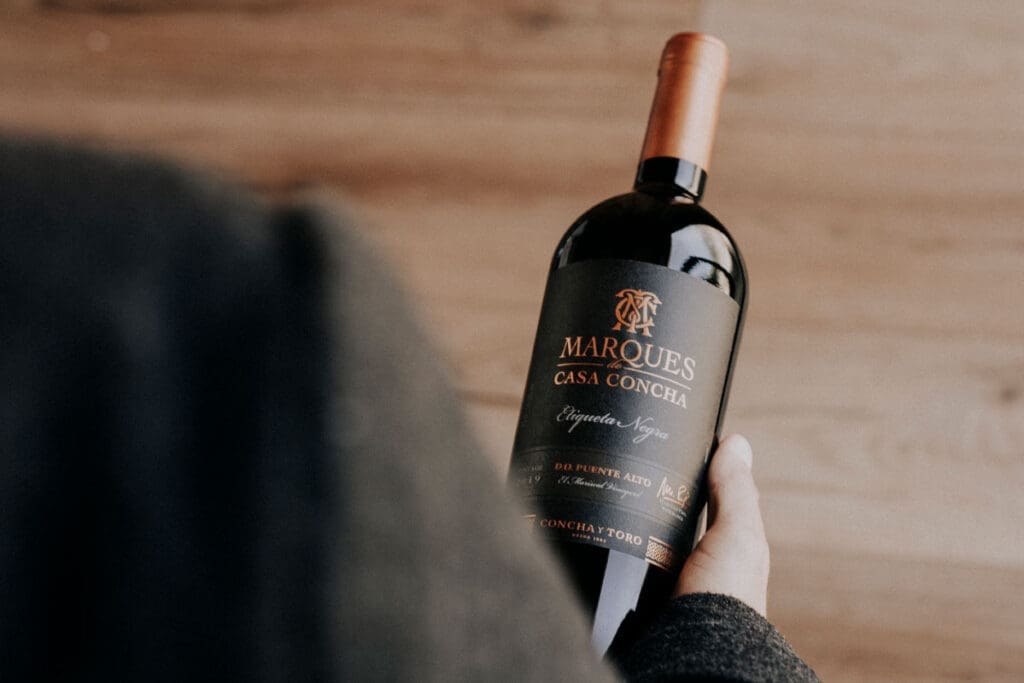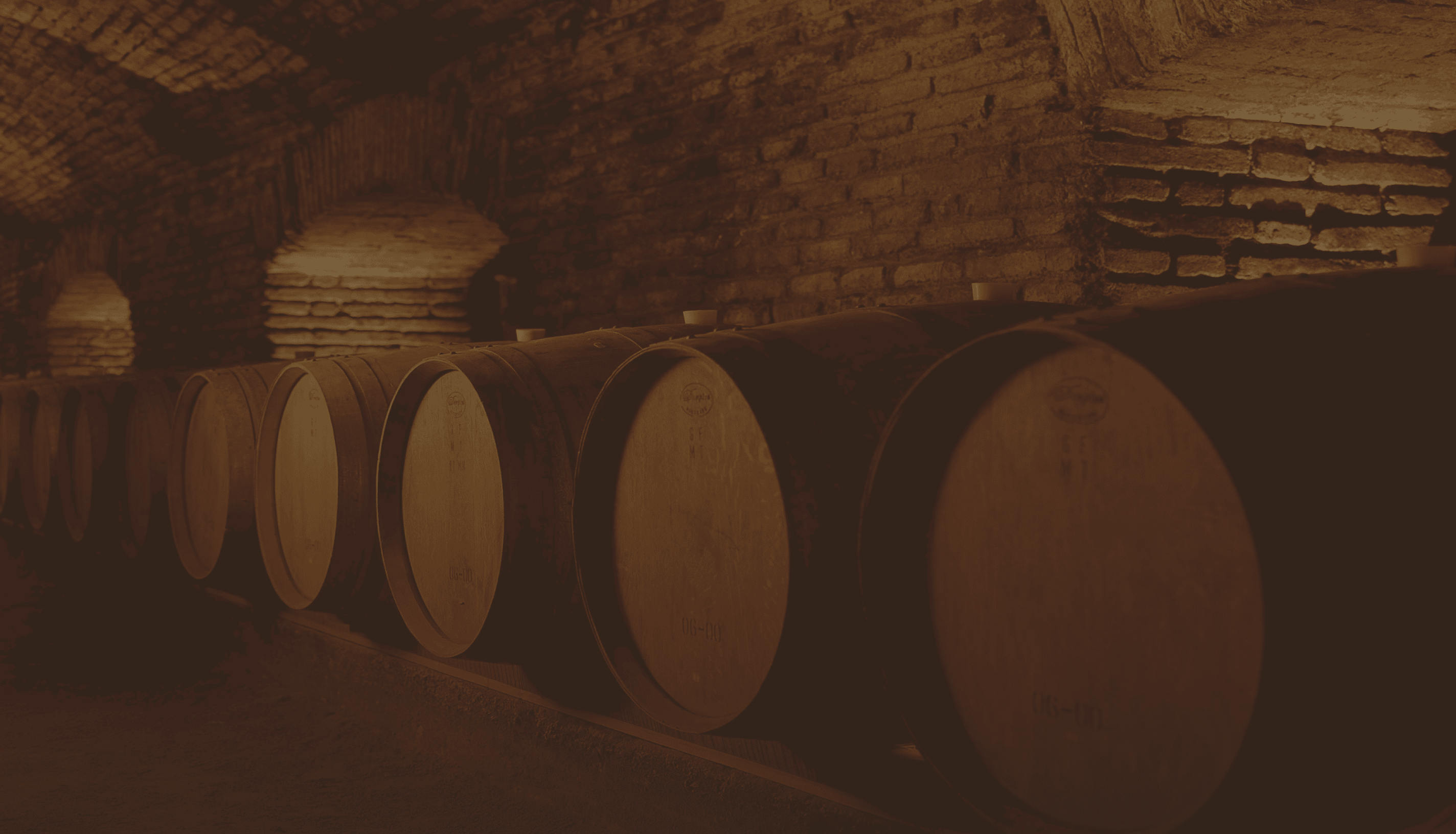28 de June de 2024
The art of blends
Mixing wines to enhance or complement them is what we know as blending. This process can be done in different ways and, therefore, requires an expert in the field. You might not know this, but the vast majority of wines are a blend.
While we are used to seeing blends of different grape varieties, the truth is that blends can also vary depending on the winemaker’s criteria. Blends can be made from wines of the same grape variety, musts before being fermented, wines from different vineyards, different regions, and even different vintages (as in the case of the Champagne). It all depends on the goal. One goal might be to complement and add complexity to the wine’s quality to obtain a final wine that is much better than the individual parts that compose it. Another goal might be to unify and give consistency, since grapes change every year according to climate conditions. In other words, regardless of the harvest, the wine has a similar taste each year.
This process may sound easy. But it isn’t. In fact, a lot of analysis of acidity, pH, and sugar is required, along with several tests before arriving at the “final recipe.” It is similar to what a chef does when choosing the ingredients and seasonings to create a new dish. It is an art that winemakers master with years of experience. Because of this, wineries may call in external consultants to have a hand in the creation of blends.

Sometimes, varietal wines are a mix of the same grape variety from different vineyards. But here, we are going to talk about traditional blends of at least two different grape varieties, where each grape contributes a special attribute that combines to create a well-rounded, complex, yet pleasant wine to drink.
The most common blends
The strong influence of French wine growing techniques and experience has shaped wine styles around the world. One concrete and common example is Bordeaux red blends, which typically combine Cabernet Sauvignon, Merlot, or Cabernet Franc as the base wine, with a touch of Malbec, Petit Verdot, or sometimes Carménère.
While Cabernet Sauvignon offers a robust, long-lasting wine with notes of pepper and black fruits, Merlot is felt in the middle of the palate, with more red fruits. Cabernet Franc provides tannins at the beginning, fading into juicy red fruits and herbal notes. It is ultimately the winemaker who will choose which grape varieties to use and how to complement them. For example, Malbec will offer black fruits to enhance the fruity profile of a Cabernet, and Petit Verdot will provide acidity and firm tannins.

Other popular red blends around the world include Côtes du Rhône (or GSM for its varieties Grenache, Syrah, and Mourvèdre), Super Tuscans (a mix of Sangiovese with Cabernet Sauvignon, Cabernet Franc, and Merlot), and Bordeaux white blends (Sauvignon Blanc, Semillon, and Sauvignon Gris or Muscadelle).
Sherry wines, for example, use a complex system of fractional blending added to barrels, resulting in a wine that blends many vintages dating back decades or even centuries.
In Argentina, the famous Malbec is often blended with Cabernet Sauvignon to achieve a more complete and complex wine.
As you can see, the possibilities are endless. It all depends on what the winemaker wants to achieve. Typically, they will make different combinations that will be given time to rest for a while before reevaluating and deciding on the final blend. Once chosen, the barrels of the individual wines will be combined in a blending tank and may undergo additional aging before being bottled.










